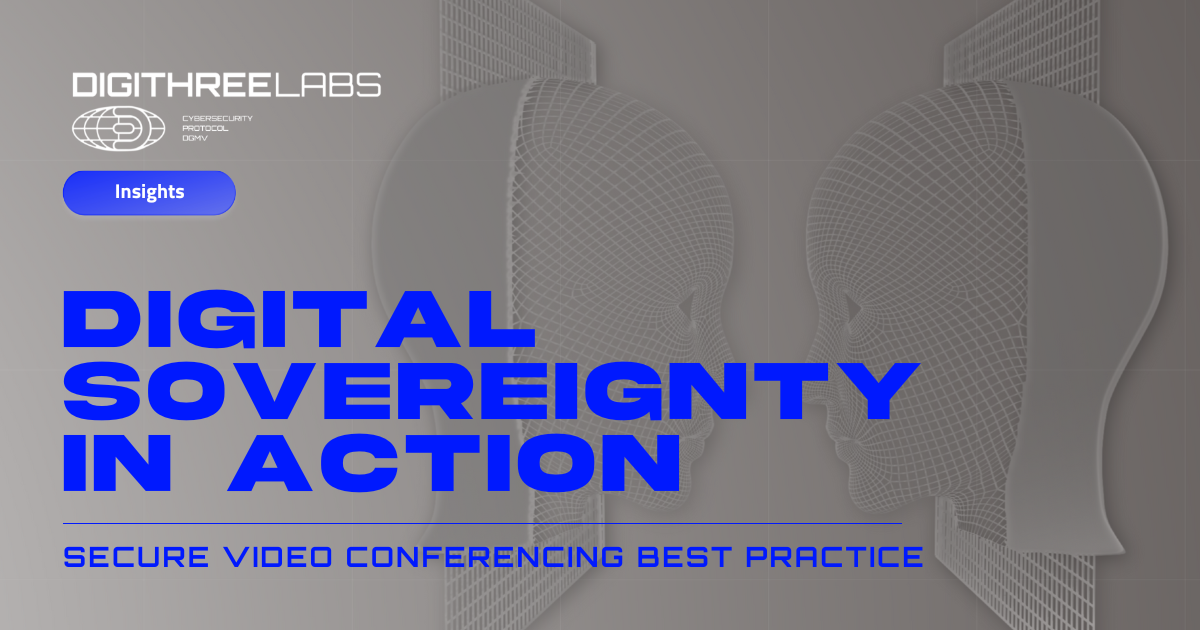
Public sector organizations – particularly those in defense, public safety, and government – are facing increasing pressure to adopt digitally sovereign video conferencing solutions. This trend is particularly prominent in Europe, where several countries are strengthening their digital strategies to prioritize sovereign tools.
Video conferencing platforms for the public sector
Digital sovereignty is a critical factor for public sector entities selecting video conferencing platforms, especially when sensitive or classified communications are involved. Right now, we’re seeing a growing emphasis on technological and commercial independence – as demonstrated by the Dutch government’s publication of its agenda for Digital Open Strategic Autonomy (DOSA), emphasizing the need to implement more sovereign digital solutions and rely less on proprietary software.
Many public sector organizations are currently adopting a dual approach, with one video conferencing solution for routine, non-sensitive meetings and a separate, digitally sovereign platform for mission-critical communications.
The significance of sovereign solutions
Two key factors underscore the importance of digitally sovereign video conferencing solutions for critical use cases:
Achieving digital sovereignty
To successfully implement digital sovereignty in a way that maximizes data control and communication privacy, organizations should focus on three key elements:
While public cloud solutions might be sufficient for less sensitive applications, mission-critical use cases demand standalone sovereign cloud solutions to maintain total digital sovereignty.
Strategic recommendations for public sector entities
Organizations in the public sector face different challenges when it comes to implementing data sovereignty. These entities can better prepare for the evolving landscape of sovereign video communication in Europe and beyond by addressing the following four key considerations:
Keen to explore secure, sovereign video conferencing options for your unique, public sector needs? Here at DigiThree Labs, we’ve got a range of purpose-built, customizable solutions to meet your data needs. Ready to start the conversation? Get in touch today.